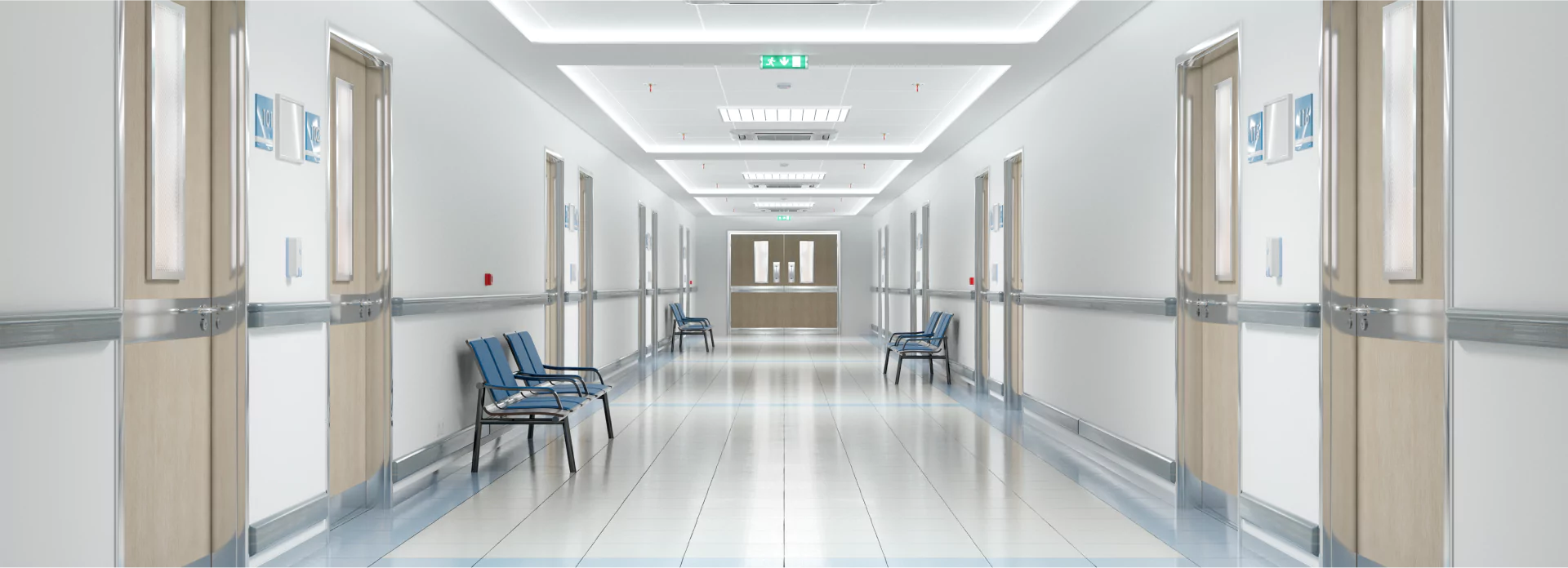Ischemic Stroke
An ischemic stroke occurs when a blood clot or plaque blocks a blood vessel supplying the brain, cutting off oxygen and nutrients. This is the most common type of stroke, often caused by atherosclerosis or embolism. Immediate medical intervention is crucial to dissolve the clot and restore blood flow to prevent permanent brain damage.
Hemorrhagic Stroke
A hemorrhagic stroke happens when a weakened blood vessel in the brain bursts, leading to bleeding (hemorrhage) in or around the brain. Common causes include high blood pressure, aneurysms, or arteriovenous malformations (AVMs). The bleeding exerts pressure on brain tissues, potentially causing severe damage. Treatment focuses on controlling bleeding and reducing brain swelling to prevent further complications.
Transient Ischemic Attack (TIA)
Often called a "mini-stroke," a transient ischemic attack (TIA) is a temporary blockage of blood flow to the brain. Symptoms are similar to a stroke but usually resolve within 24 hours without causing permanent damage. TIAs are serious warning signs of a future stroke, making immediate medical evaluation and preventive measures essential to reduce long-term stroke risk.
Cryptogenic Stroke
A cryptogenic stroke is a type of stroke with no identifiable cause despite extensive medical testing. It is believed to be linked to undetected heart conditions, clotting disorders, or irregular heart rhythms like atrial fibrillation. Further investigations, including heart monitoring and genetic testing, are often required to determine the underlying cause and prevent future strokes.
Brain Stem Stroke
A brain stem stroke occurs when blood flow is disrupted in the brain stem, which controls vital functions like breathing, heartbeat, and movement. This type of stroke can cause severe impairments, including paralysis, loss of speech, and difficulty swallowing. Since the brain stem connects the brain to the spinal cord, damage can affect both sides of the body, requiring intensive rehabilitation.











